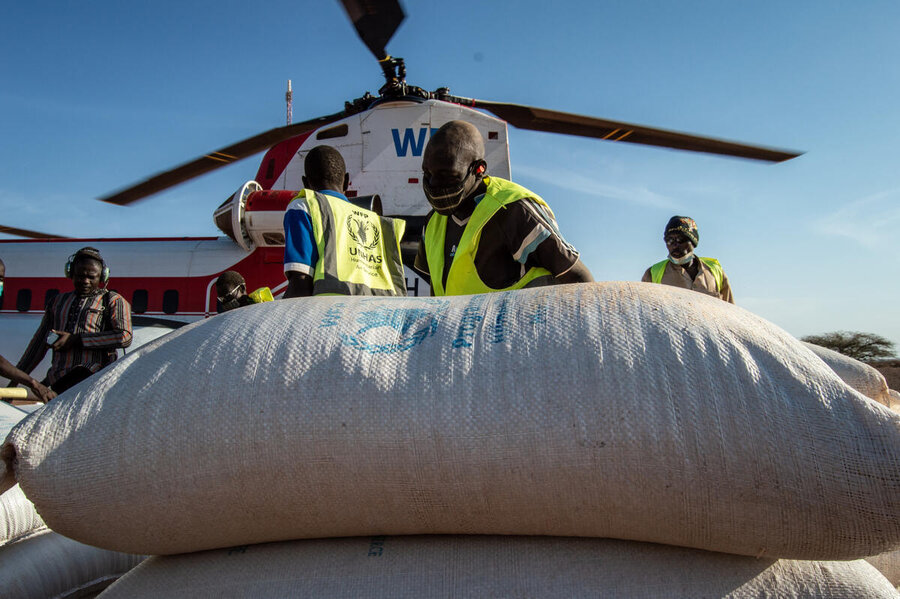
Dialo Koumba knew the violence spreading across her homeland would someday hit her village in western Burkina Faso. But when armed assailants killed her neighbours one night, she and her three co-wives ditched careful plans to sell their livestock before fleeing.
"Our departure was brutal," recalls Kouma, 50, who has since joined her husband in northern Côte d'Ivoire. "We hid in the bush. We couldn't take the belongings we had prepared."
'The region hosts millions of refugees, and millions of people are forcibly displaced in blockaded areas. This is a humanitarian crisis'
Deepening violence in Burkina Faso and in other central Sahel countries - smashing livelihoods and sparking massive population displacements - is one explanation for sharply rising food insecurity in the region, but not the only one.
Across West and Central Africa, nearly 55 million people are expected to face severe hunger during the upcoming June-August lean season - four million more than projections a few months ago, and a fourfold rise overall in just five years - according to newly released expert findings.
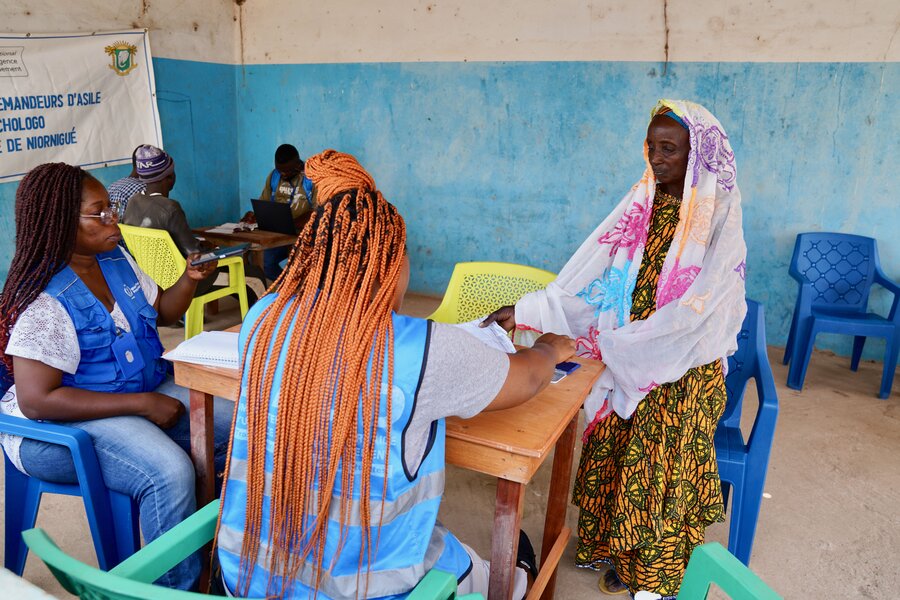
Malnutrition has also hit unprecedented levels region-wide, affecting nearly 17 million children aged under-5.
A toxic mix of sometimes interlinked factors is driving the sharp uptick. Conflict and climate change in the Sahel are uprooting people and fueling competition over scarce resources.
Soaring inflation and currency devaluations in countries such as Nigeria and Ghana are pushing up poverty and prices. Economic sanctions and border closures - along with shrinking humanitarian aid - are limiting desperately needed food assistance.
One year into Sudan's war, people yearn for peace amid soaring hunger
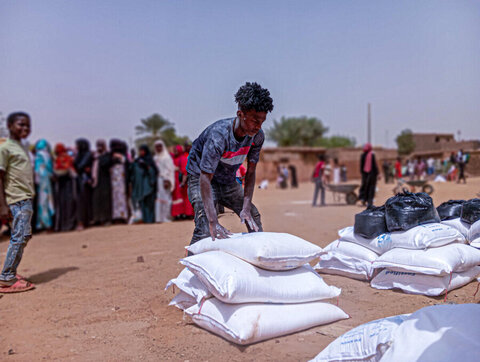
"Our teams are doing everything possible to stay with the people who are displaced, in great distress and without access to food and basic needs, to provide a glimmer of hope," says Margot van der Velden, World Food Programme (WFP) Acting Regional Director for Western Africa, describing the need for greater international support for the Sahel, and the region as a whole.
"The region hosts millions of refugees, and millions of people are forcibly displaced in blockaded areas. This is a humanitarian crisis."
Rising hunger, shrinking funds
The most alarming hunger numbers are in conflict-hit Mali, where some 2,600 people face potentially catastrophic hunger in the coming months, the new findings show. Next door, parts of Burkina Faso risk emergency hunger levels, especially areas encircled by armed groups.
"Millions of people are really surviving on external assistance," says van der Velden, who visited the cut-off town of Djibo, in northern Burkina Faso - where WFP delivers food by air. "It's a daily job to continue accessing these places. But in most of these blockaded areas and refugee camps, there's nothing else."
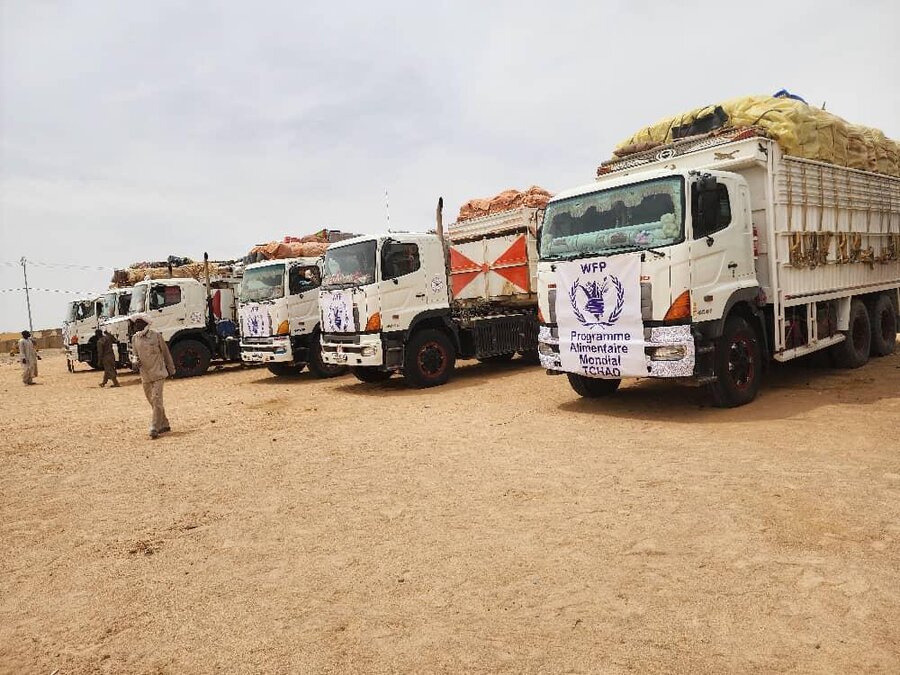
Hunger is also growing elsewhere. In the northern Ivorian region of Tchologo alone, where Burkinabe refugee Koumba found shelter, the latest hunger numbers show more than 57,000 people will face acute food insecurity during the upcoming lean season. The region - along with other northern parts of coastal West Africa - is also seeing a sharp increase in refugees fleeing conflict in the Sahel.
Koumba counts among the lucky ones. She receives the monthly equivalent of US$15 in cash from WFP to buy food and other necessities. But with donor funding scarce, we may be forced to reduce or cut that assistance altogether as early as next month, if new financing does not arrive.
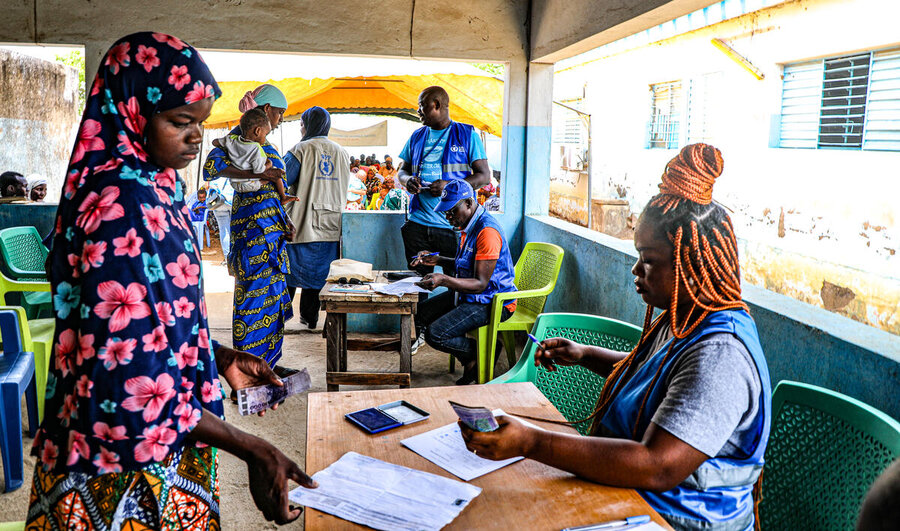
Funds are drying up in Chad as well, where WFP hopes to support 2.5 million hungry people this year. Among them: over 1 million refugees who fled war-torn Sudan, as well as Nigeria, Cameroon and Central Africa Republic.
"Chad has a record-high level of food insecurity this year - including in new places where there normally hasn't been food insecurity," van der Velden says. That includes the country's eastern border with Sudan, where thousands of conflict-displaced people continue to stream in. Border closures have disrupted once-vital trade between the two countries, along with humanitarian assistance bound for Sudan.
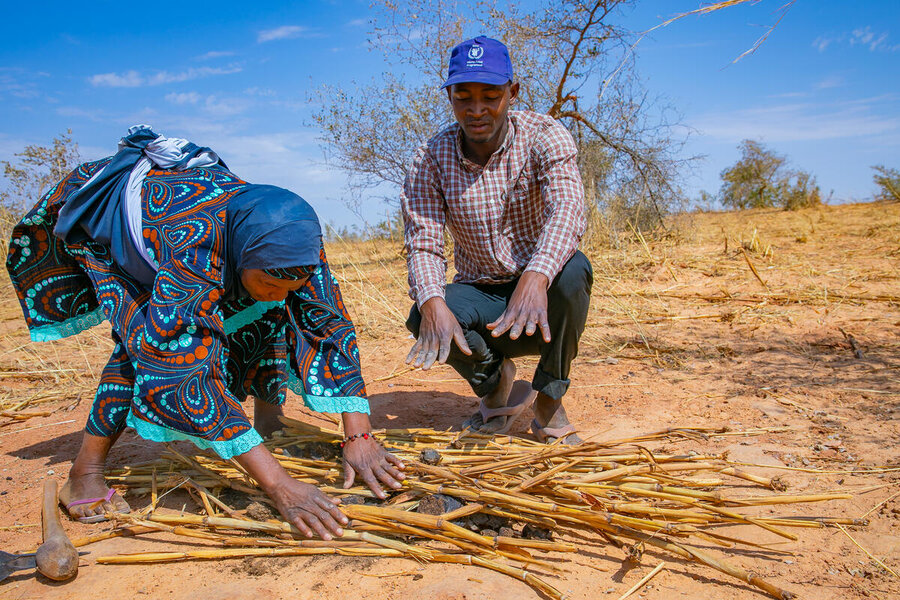
"The message is: we need to reach hungry people, negotiate access, build community acceptance, and seek to lift restrictions," adds van der Velden, referring to broader barriers to humanitarian access and assistance, including for other Sahel countries.
Rebuilding livelihoods
Where funds and security exist, WFP can deliver not only emergency assistance but also lasting change.
In eastern Chad for example, WFP has teamed up with community farmers and other partners to restore many thousands of hectares of degraded land, in an area on the frontlines of desertification and climate change. Families are now growing tomatoes, peppers and onions for home consumption and sale - earning income they can use for other investments.
In the Maradi region of northern Niger, hundreds of thousands of female farmers have also seen their earnings and harvests grow thanks to another WFP resilience-building programme, in which we also buy their produce for our food distributions.
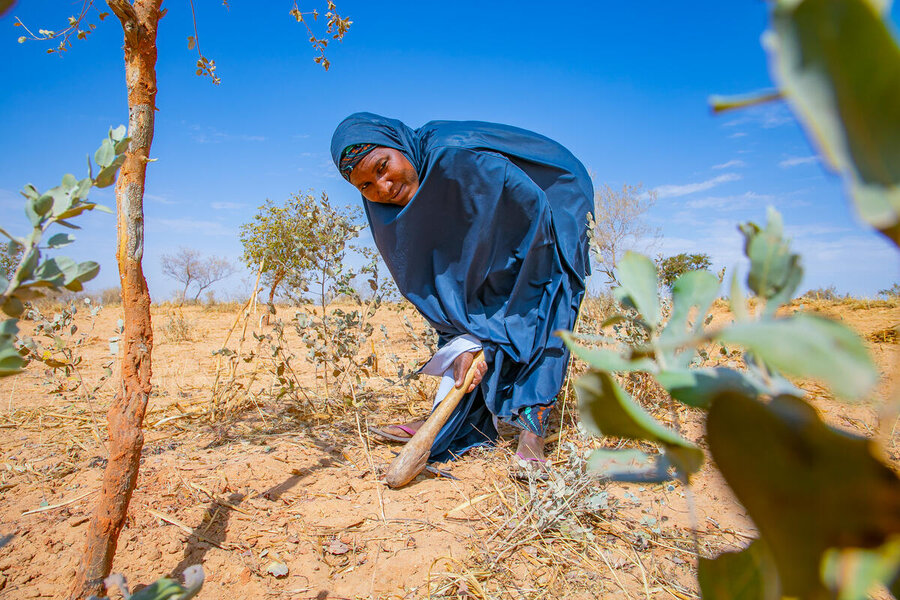
"With WFP's support, we are able to make a lot of profit," says Sa'a Moussa, president of Kan Mata Union that represents 19 women's farming groups.
These are just two examples of a broader WFP resilience-building initiative covering over 3,000 villages across the Sahel. Over 80 percent of the communities enrolled in Niger, for one, no longer need support during hard times, saving the equivalent of US$50 million in humanitarian aid.
"We bring soils back to life, and give people back their livelihoods and resilience to shocks," van der Velden says. "We have major success stories. You cannot solve these constantly increasing problems with humanitarian assistance alone."






